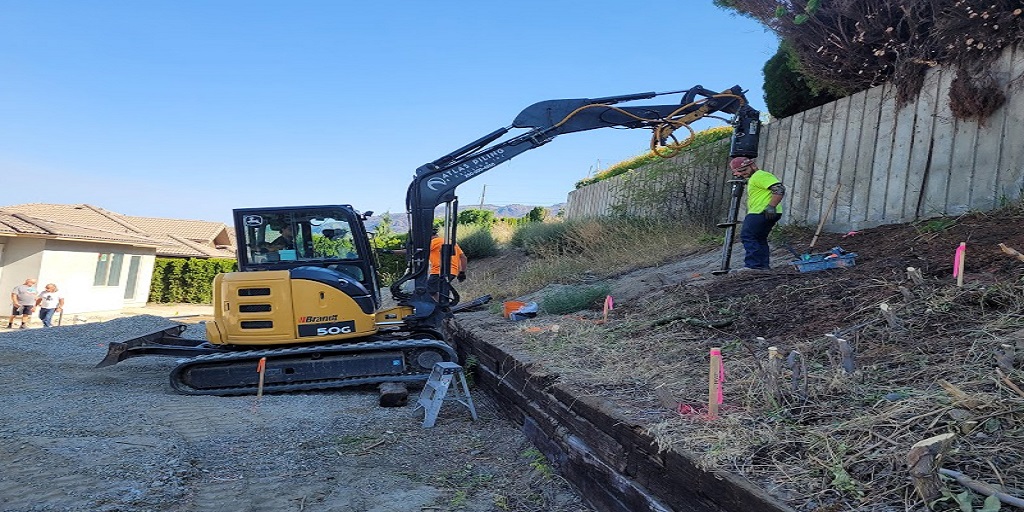
When it comes to structural support, more isn’t always better. In fact, overbuilding foundations is one of the most common—and costly—mistakes in construction today. If your project is using more material, labour, or time than it needs to, you might be missing the opportunity to streamline your build. One of the most effective ways to avoid this is by rethinking how you approach helical pile installation.
The Real Cost of Overbuilding Foundations
At first glance, oversizing a foundation may seem like a cautious approach. Go deeper, install thicker shafts, and build as if every load scenario is a worst-case one. But in reality, these choices often result in unnecessary expenses without any corresponding performance gain.
The extra labour, steel, and time required to install overdesigned piles can add tens of thousands of dollars to your project budget. Worse, these decisions can delay critical timelines, disrupt schedules, and limit flexibility in the overall build process. What appears to be a safeguard can quickly become a liability.
Precision Over Assumption: A Smarter Way Forward
The real strength of modern helical pile installation is precision. Installation torque is a reliable real-time indicator of load-bearing capacity, meaning that piles can be sized and installed based on measurable data, not conservative guesswork.
Instead of defaulting to longer or thicker piles, engineers and contractors can rely on torque-to-capacity correlations to determine the exact depth and configuration needed for each pile. That level of accuracy helps ensure structural integrity without wasting resources. It’s not about cutting corners—it’s about cutting the excess.
Are Your Piles Doing More Than They Should?
An overengineered foundation doesn’t just waste money—it may also signal that the design process isn’t aligned with site conditions. Some projects use larger piles than necessary or install more piles than needed simply because of outdated practices or incomplete soil data.
Proper geotechnical review and test pile programs can identify the ideal configuration before construction even begins. That way, helical pile installation becomes a precision task rather than an overbuilt insurance policy. Every inch driven, every turn of torque, is data-backed and intentional.
When Efficiency Matters Most
In dense commercial zones, urban infills, or cold-weather builds with short construction windows, efficiency isn’t optional—it’s essential. Traditional deep foundation systems can’t always meet these constraints, but properly optimized helical piles can.
By choosing a well-planned helical pile installation, you get faster installation times, minimal soil disruption, and no need for concrete curing. When you avoid the pitfalls of overbuilding, your entire schedule benefits—foundation completion moves faster, vertical construction begins sooner, and budgets stay intact.
Backed by Data, Not Assumptions
Another benefit of optimized helical pile design is better documentation. Torque and load test data provide clear evidence of performance, which can be especially useful during engineering reviews, quality inspections, and long-term maintenance planning.
When every pile has a measurable capacity, there’s no need to overdesign to compensate for uncertainty. You can defend your decisions with data—not speculation.
Build What You Need—And Nothing More
Every construction project carries risk, but overbuilding shouldn’t be the fallback plan. With the right approach to helical pile installation, you can build confidently, efficiently, and responsibly. Not only will your foundation meet its structural demands, but it’ll do so without unnecessary cost, delay, or waste.
Before you finalize your foundation plan, ask the tough question: Are we building too much? If the answer is yes, it might be time to let the data do the heavy lifting—and let go of outdated habits.


